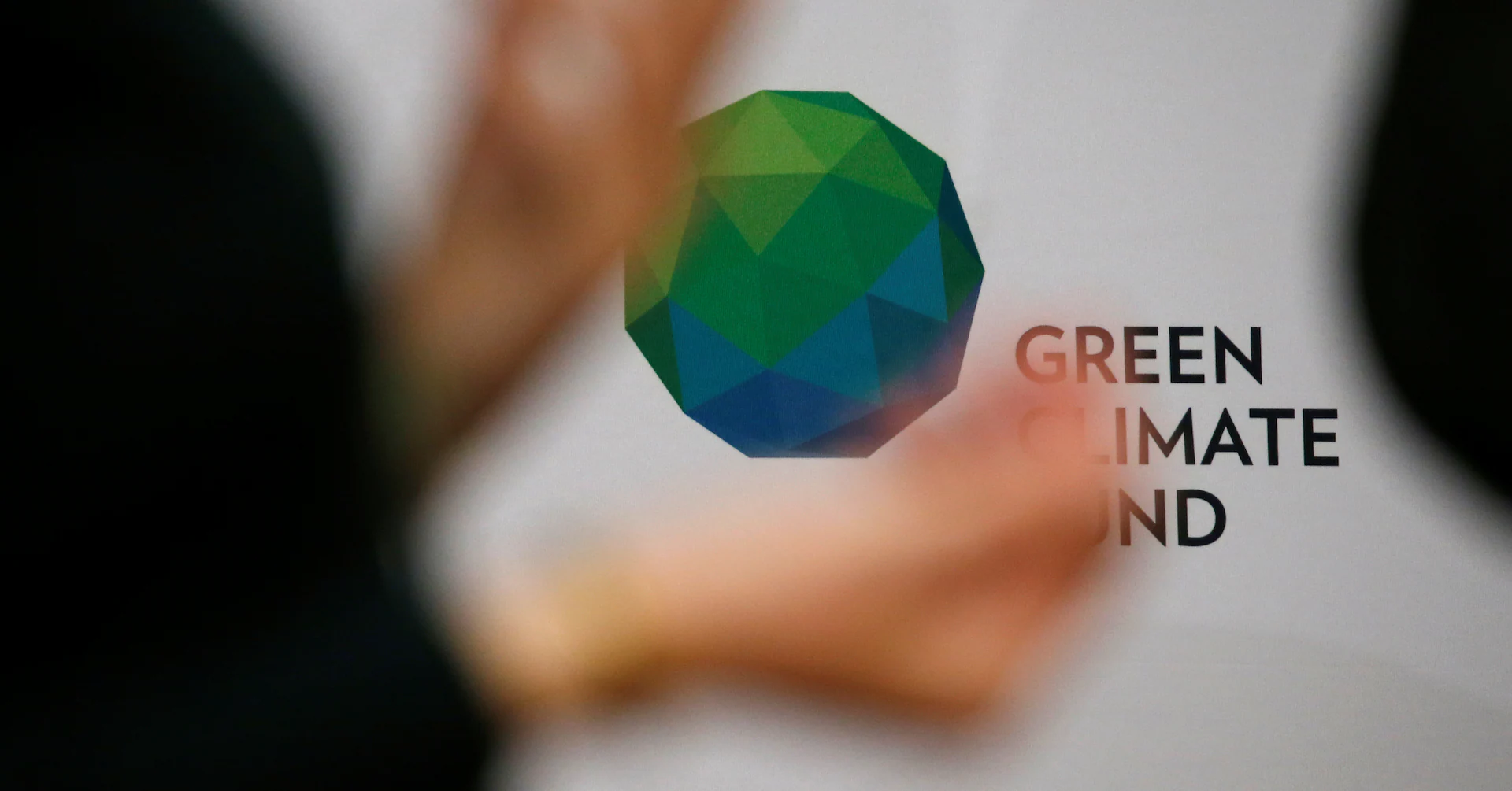By Simon Jessop Virginia Furness
SummaryGreen Climate Fund board approves biggest investment roundComes amid broad rich nation retreat from providing aidAims to shorten time for partners to access funds
LONDON, July 4 (Reuters) – The world’s biggest multilateral climate fund said it will make its largest ever series of investments and speed up dealmaking as it looks to help poorer nations respond to global warming.
The Green Climate Fund’s plan to release about $1.2 billion for 17 projects mostly in Asia and Africa follows approval by shareholders including the United States at a meeting this week, against a fractious political backdrop that has seen development aid slashed.
Advertisement 路 Scroll to continue
Official development assistance could fall 17% this year after a 9% drop in 2024, the OECD said in a June report, opens new tab, led by hefty cuts to U.S. aid by President Donald Trump.
“At a time when collective climate action is more needed than ever, GCF is stepping up to deliver on its mandate,” GCF Co-Chair Seyni Nafo said in a statement.
The GCF disbursement includes $227 million for an initiative to expand green bond markets in 10 countries. Green bond markets are where companies raise capital for projects that limit climate change or otherwise benefit the environment.
In South Asia, it will invest $200 million in the India Green Finance Facility to scale renewables and energy efficiency, while in East Africa it will invest $150 million in the food system to support nearly 18 million people.
Advertisement 路 Scroll to continue
All the projects will bring the GCF investment portfolio to $18 billion across 133 countries. So far, countries have pledged $29.9 billion to the GCF and paid in $21 billion.
As well as releasing more money, the GCF board also approved plans to speed up its work with partner organisations, which can include accredited entities like other multilateral lenders and so-called Direct Access Entities in developing countries.
From an average 30 months to accredit a DAE, the aim is to shorten the time to nine months or less by overhauling its procedures, including carrying out much of the due diligence at the project stage.
Ad Break Coming Up
NEXT StayNext
OffEnglish
180p288p360p480p540p576p720pHD1080pHDAuto (180p)
About ConnatixV593333
About ConnatixV593333
Continue watchingafter the adVisit Advertiser websiteGO TO PAGE
Reporting by Simon Jessop and Virgina Furness; Editing by Emelia Sithole-Matarise
Purchase Licensing Rights
Simon JessopThomson ReutersSimon leads a team tracking how the financial system and companies more broadly are responding to the challenges posed by climate change, nature loss and other environmental, social and governance (ESG) issues including diversity and inclusion.
Virginia FurnessThomson ReutersVirginia Furness covers sustainable finance in London. She writes about how the financial sector is shifting to meet climate and development goals and the impact these changes are having on the flow of money, business, people and planet. She also covers development finance, carbon markets, natural capital and other ESG related issues.
